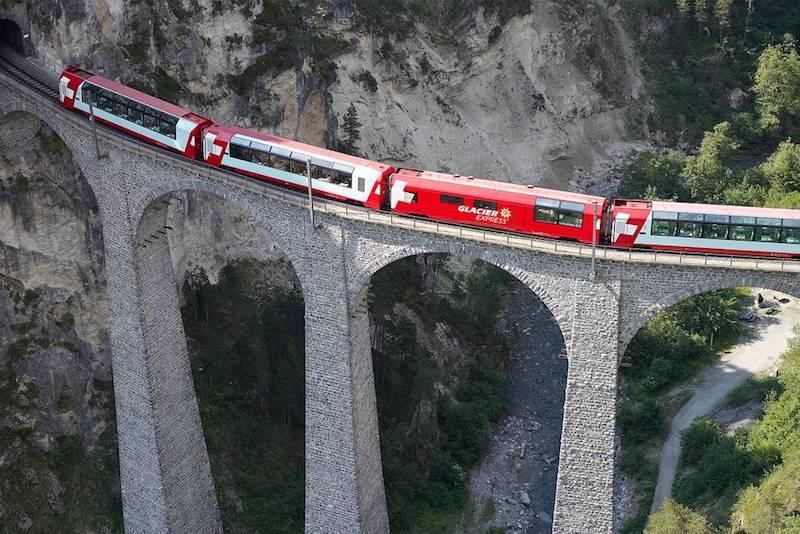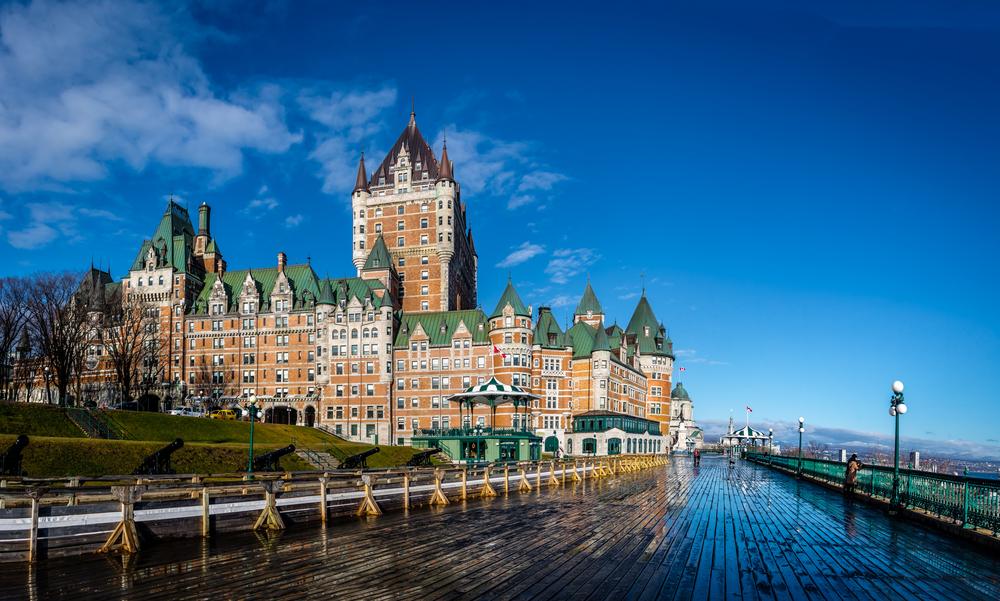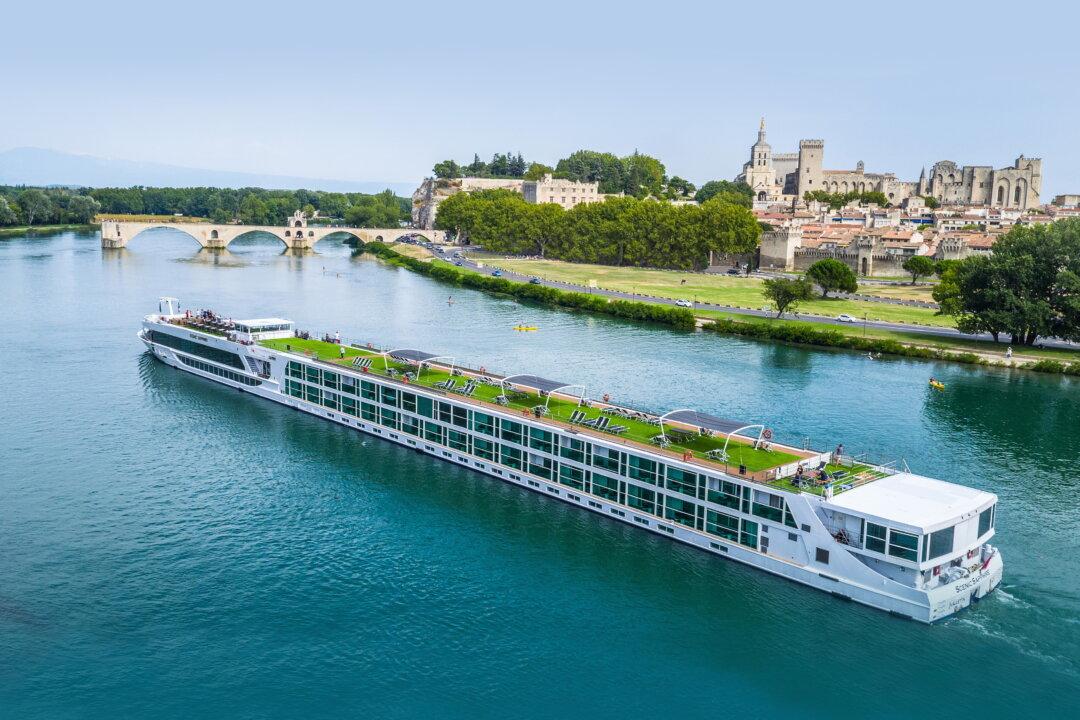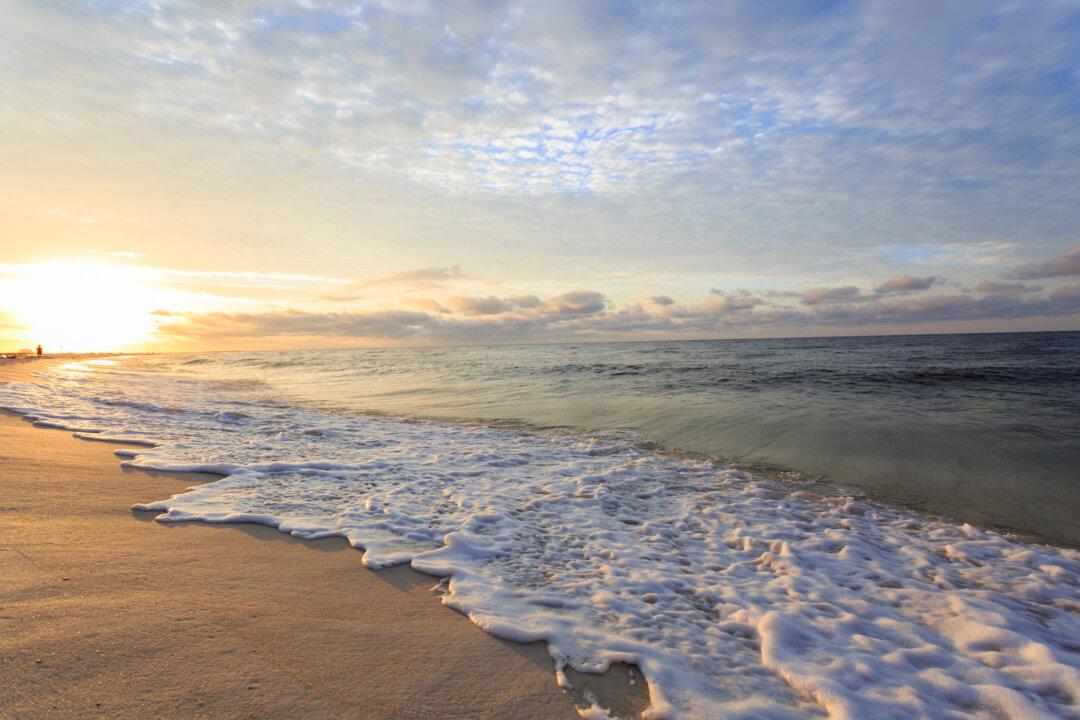GENEVA—I’m often asked if I have a favorite travel destination, and my answer is always the same: Switzerland. My love affair started decades ago when I became enamored by this country’s rich history, diverse topography, and international vibe. While I had always found the Swiss Travel System the best way to explore the country, I never had the opportunity to take a ride on their Glacier Express—until now.
Arguably one of the most spectacular train rides in the world, the Express winds its way through the Swiss Alps past towering canyons, deep river valleys, and forested hills. With an average speed of 24 miles per hour, this is perhaps the world’s slowest express train but one that is definitely worth the wait.





